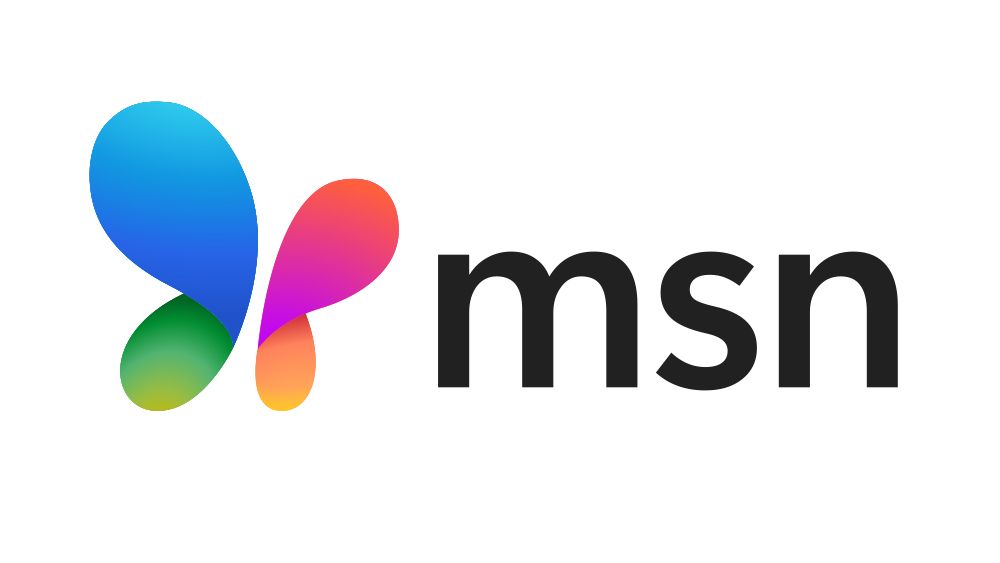The S & P 500 is on pace to deliver a second straight year of gains above 20%. Historical data shows how uncommon that really is. After last week’s postelection rally, the S & P 500 is now up by about 26% on the year. That comes after the broad index climbed more than 24% in 2023. If the S & P 500 once again ends the year above 20%, that would mark only the third time there have been back-to-back gains of that size in the past century, according to Deutsche Bank. The latest leg up comes as stocks have entered what Parag Thatte, a Deutsche Bank strategist, called a sharp rally following the presidential election victory by Donald Trump. “Rallies following close elections have been the historical norm as we have previously noted,” he told clients in a report Friday. “But the current one is clearly faster than prior ones.” .SPX YTD mountain S & P 500, year to date Thatte called the market advance “exceptional,” even before last week’s surge to all-time highs. The S & P 500 is still within its uptrend channel seen over the past two years, but is now near the top of that, he said. A Deutsche Bank measure of equity positioning never fell to underweight before Election Day, as has been typical in recent cycles, Thatte said. Still, there was the usual postelection rally, with equity funds seeing an estimated $24 billion in total inflows Wednesday and Thursday. Last week’s rally was driven in part by a “collapse” in equity volatility premiums that only got stronger heading into the election. That’s a usual occurrence when looking at past cycles, he said. “The S & P 500 option [volatility] curve which had priced next day vol at over 35% on election day is now pricing it in the single digits. The VIX and vol premium embedded in it have collapsed as well,” the strategist wrote. Historical data also shows reason to believe more upside could be on the horizon. Wall Street investment bank Oppenheimer looked at the 11 years in which the S & P 500 jumped more than 20% over the first 217 trading days. In those years, the smallest additional gain from that point through the end of the year was 0.5%. That means that, if history repeats itself, the S & P 500 should end 2024 above 6,000. What’s more, Oppenheimer found that gain matching the median advance in those 11 years would push the S & P 500 to finish higher than 6,200.














:max_bytes(150000):strip_icc():focal(742x260:744x262)/jason-kelce-stevie-nicks-duet-110824-8babed4ab2604521b7708b709e2cf8c4.jpg)

